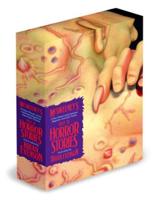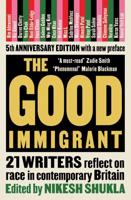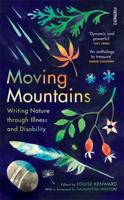Publisher's Synopsis
EARLY LITERATURE. Imagine holding history in your hands. Now you can. Digitally preserved and previously accessible only through libraries as Early English Books Online, this rare material is now available in single print editions. Thousands of books written between 1475 and 1700 can be delivered to your doorstep in individual volumes of high quality historical reproductions. This comprehensive collection begins with the famous Elizabethan Era that saw such literary giants as Chaucer, Shakespeare and Marlowe, as well as the introduction of the sonnet. Traveling through Jacobean and Restoration literature, the highlight of this series is the Pollard and Redgrave 1475-1640 selection of the rarest works from the English Renaissance. ++++ The below data was compiled from various identification fields in the bibliographic record of this title. This data is provided as an additional tool in helping to insure edition identification: ++++ "The groundworke of conny-catching, the manner of their pedlers-French, and the meanes to vnderstand the same with the cunning slights of the counterfeit cranke"Caveat for commen cursetors vulgarely called vagabones.Harman, Thomas, fl. 1567.Greene, Robert, 1558?-1592.Reprint (of 1592 publication) without imprint, of portion of Thomas Harman's "A caueat or warening for commen cursetors," first published in 1567.--Cf. NUC pre-1956 imprints and STC (2nd ed.).Sometimes attributed to Robert Greene--Cf. NUC pre-1956 imprints.Signatures: A4(A1+*1) B-F4.Illustrated t.p.Printing error: the initial "H" on A2r is printed up-side-down.Copy at reel 379:10 identified as STC 12789+.[50] p.: [London: Printed by John Danter for William Barley, 1592].STC (2nd ed.) / 12789.5EnglishReproduction of the original in the Henry E. Huntington Library and Art Gallery ++++ This book represents an authentic reproduction of the text as printed by the original publisher. While we have attempted to accurately maintain the integrity of the original work, there are sometimes problems with the original work or the micro-film from which the books were digitized. This can result in errors in reproduction. Possible imperfections include missing and blurred pages, poor pictures, markings and other reproduction issues beyond our control. Because this work is culturally important, we have made it available as part of our commitment to protecting, preserving and promoting the world's literature.










